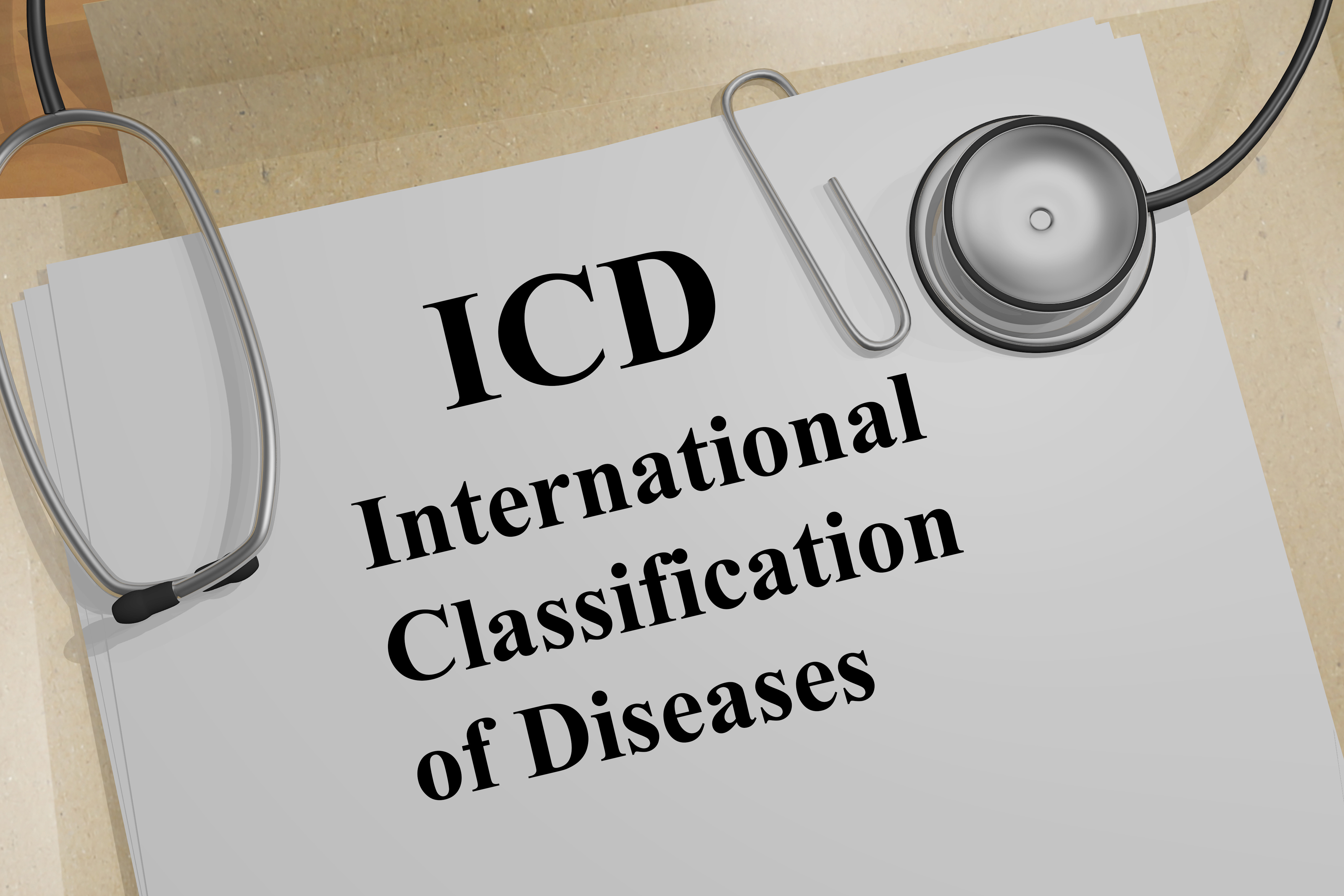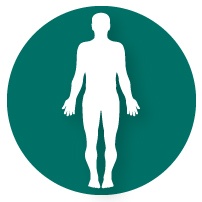Healthcare organizations that achieve Joint Commission accreditation meet or surpass CMS’s standards for acceptance into the Medicare and Medicaid programs. To keep accreditation in good standing being permanently prepared for “surprise inspections” is integral as requirements change.
Read MoreNovember 2017
“Code First” and “In Diseases Classified Elsewhere”
The “code first” note is your hint that two codes may be needed, along with sequencing direction. The “code first” note is an instructional note.
If you see “in diseases classified elsewhere” terminology you will assign two codes, with the manifestation code being sequenced after the underlying condition. The “in diseases classified elsewhere” (manifestation) code is actually part of the code title. The code with “in diseases classified elsewhere” documented can never be used as a principal diagnosis.
Read MoreThere can be confusion on how to report lateral- LT/RT and bilateral modifiers-50.
Coders report many of these incorrect or miss reporting altogether.
Read More.png?width=2100&height=1500&name=HCCS%20-%20Company%20Logo%20(New%20Version%20White%20Transparent).png)







